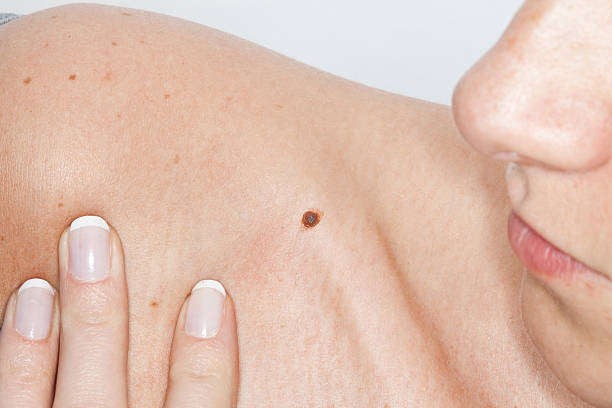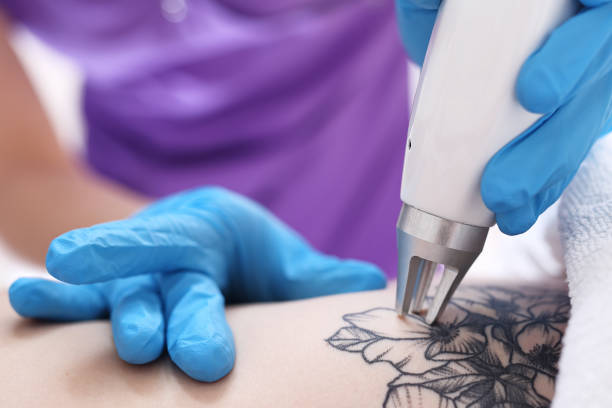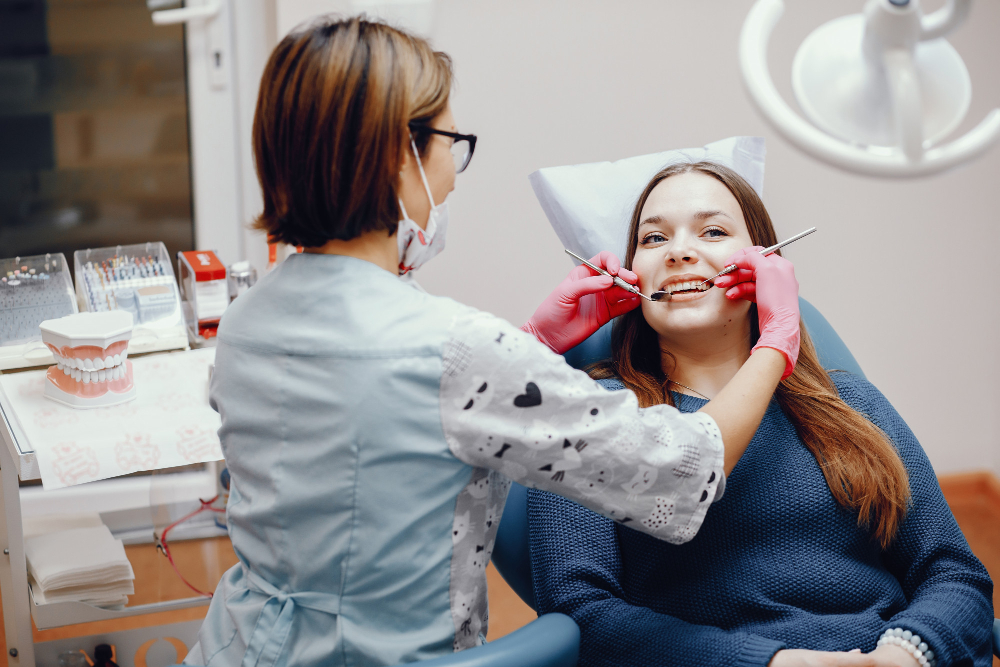When considering Benign Mole Removal Treatment in Abu Dhabi, many individuals are curious about the potential for scarring afterward. The concern about visible scars often plays a significant role in deciding whether to proceed with removal procedures. Fortunately, advances in dermatological techniques have made it possible for many people to undergo mole removal with minimal to no scarring. Understanding the factors that influence scarring and the methods used can help individuals feel more confident about their decision.
Understanding Benign Moles and Their Removal
What Are Benign Moles?
Benign moles are common skin growths that are usually harmless. They can appear anywhere on the body and vary in size, shape, and color. Typically, benign moles are symmetrical, have even borders, and are uniform in color. They are often present from childhood or develop over time due to genetic factors or sun exposure.
Reasons for Removal
People choose to remove benign moles for various reasons, including aesthetic concerns, irritation from clothing or jewelry, or to eliminate any doubts about their nature. While most benign moles are harmless, some individuals opt for removal to prevent potential confusion with malignant growths or simply for cosmetic improvement.
Types of Mole Removal Procedures
There are multiple techniques employed for benign mole removal, each suited to different types of moles and skin types. These include:
- Shave Excision: A simple technique where the mole is shaved off at skin level.
- Laser Removal: Uses focused light to target and remove the mole tissue.
- Surgical Excision: The mole is cut out entirely, including a small margin of surrounding skin, and the wound is stitched closed.
- Curettage and Electrodessication: The mole is scraped away and the area is cauterized to control bleeding.
Each method has its advantages and considerations, especially concerning scarring potential.
Factors Influencing Scarring in Mole Removal
Technique Used
The choice of removal technique significantly impacts scarring. For example, shave excision generally results in minimal scarring, especially when performed by experienced practitioners. Laser removal also tends to leave little to no visible scar, as it causes less tissue trauma. Surgical excision may leave a scar, but with proper technique and aftercare, it can be minimized.
Location of the Mole
Moles located in areas with tension or frequent movement, such as joints or the neck, might have a higher chance of noticeable scarring. Conversely, moles on less visible parts of the body tend to be less of a concern aesthetically.
Skin Type and Healing Ability
Individuals with different skin types and healing responses may experience varying scar formations. People with darker skin tones might be more prone to hyperpigmentation or keloid formation, which can affect the visibility of scars.
Practitioner’s Expertise
Experienced dermatologists or cosmetic surgeons are skilled at choosing the most appropriate technique and skillfully performing the removal to minimize scarring. Proper wound closure and post-procedure care also play essential roles in scar prevention.
Advances in Techniques for Scar-Minimizing Removal
Minimally Invasive Procedures
Modern procedures leverage minimally invasive techniques that aim to reduce trauma to the skin. For instance, laser removal targets the mole precisely, often resulting in no downtime and minimal scarring.
Precision in Surgical Excision
When surgical removal is necessary, meticulous suturing and proper wound management can greatly reduce scarring. Techniques like subcuticular suturing hide the scar within the skin’s layers, making it less visible.
Use of Advanced Technologies
Emerging technologies, such as fractional laser or radiofrequency devices, help improve skin healing and reduce the appearance of scars. These methods promote collagen production and skin regeneration, contributing to better cosmetic outcomes.
Aftercare and Its Role in Preventing Scarring
Proper Wound Care
Following the removal procedure, keeping the wound clean and protected is vital. Applying recommended ointments, avoiding picking at the wound, and protecting it from sun exposure can all help prevent scars.
Sun Protection
Ultraviolet rays can darken scars and make them more noticeable. Regularly applying sunscreen and avoiding excessive sun exposure during healing are crucial steps.
Follow-Up Appointments
Routine check-ups with the dermatologist or specialist allow for monitoring healing progress and addressing any concerns early on. Prompt management of any signs of abnormal healing can help ensure the best possible aesthetic result.
Can Benign Mole Removal Leave No Scars Behind?
While the goal of modern mole removal procedures is to leave minimal or no visible scars, several factors influence the actual outcome. Most techniques, especially when performed by skilled practitioners, are designed to minimize scarring.
Shave excision and laser removal are particularly effective for achieving near-invisible results, especially on less visible or sensitive areas. Surgical excision, while sometimes resulting in a small scar, can be done with precision to reduce its prominence. The success of scar minimization also depends on individual healing responses and diligent aftercare.
It’s important for individuals to have realistic expectations and discuss their cosmetic concerns with their practitioner. Proper technique, location-specific considerations, and committed post-procedure care collectively contribute to the likelihood of scars being imperceptible.
Frequently Asked Questions About Mole Removal and Scarring
Will I have a scar after benign mole removal?
Most modern techniques aim to minimize scarring, and many individuals experience very discreet or no visible scars. The final result depends on the removal method, the mole’s location, and individual healing factors.
Is it possible to remove a mole without leaving a scar?
In many cases, especially with laser removal or shave excision, it is possible to have no visible scar. However, some methods, like surgical excision, may leave a small scar that can be minimized with proper technique and aftercare.
How long does it take for a scar to heal after mole removal?
Healing times vary depending on the procedure used and individual factors. Typically, initial healing occurs within a couple of weeks, but scars can continue to mature and fade over several months.
What can be done to ensure minimal scarring?
Choosing an experienced practitioner, following aftercare instructions diligently, protecting the area from sun exposure, and avoiding trauma to the healing skin are key to minimizing scars.
Are there specific skin types more prone to scarring?
Yes, individuals with darker skin tones or those prone to keloids may experience more noticeable scars. Discussing skin type with the practitioner can help tailor the removal process for optimal results.
Final Thoughts
Benign Mole Removal Treatment in Abu Dhabi offers effective solutions for those seeking to improve their skin’s appearance without compromising on aesthetics. Advances in dermatological techniques make it increasingly possible to remove benign moles with little to no scarring. While individual healing responses vary, the combination of skilled practitioners, appropriate technique selection, and diligent aftercare can significantly reduce the visibility of scars. Anyone considering mole removal should consult with a qualified specialist to discuss the best options tailored to their skin type and cosmetic goals. Ultimately, the goal is to achieve a smooth, natural-looking result that boosts confidence and enhances personal appearance without leaving unwanted scars behind.
READ MORE : Is Benign Mole Removal Treatment Safe for All Skin Types?




